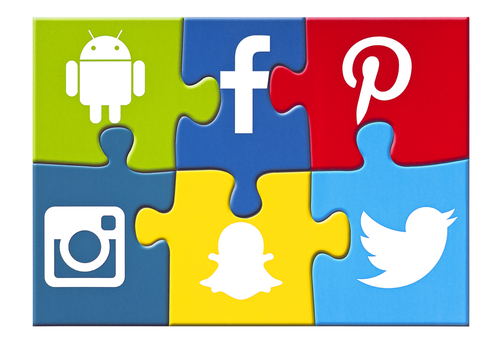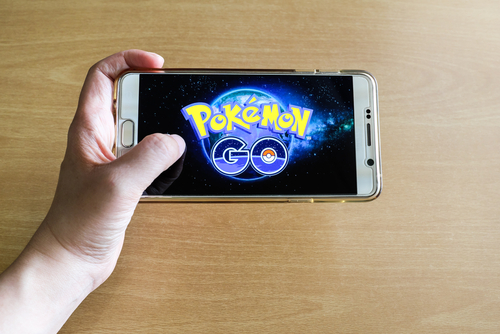As President of Bullseye Strategy, Maria leads digital marketing strategy, account planning and account management, resource planning, client relations, community outreach, and general operations. Prior to co-founding the agency in 2009, Maria served as the Vice President of Marketing for the interactive marketing training firm, Laredo Group, and was Director of Online Marketing for Interval International, an IACI company, as well as Global Partners Group, a financial securities trading firm.
Maria Harrison is a sought-after speaker at events, including the Direct Marketing Association, WeMedia, and the Online Marketing Summit. Voted Top 50 Business Women in Miami in 2018 and 2019, and ranked # 1 of 100 Outstanding Women of Broward County for leadership and influence in the community in 2014, Maria was elected to the Orange Bowl Committee in 2015. She also is a founding board member of the South Florida Interactive Marketing Association and the designer of the digital marketing certificate program curriculum at the University of San Francisco, where she taught from 2008-2012.
Maria is a single mom of two beautiful children, crushing a 60-hour workweek and not missing a single basketball, little league, or Cub Scout event.











